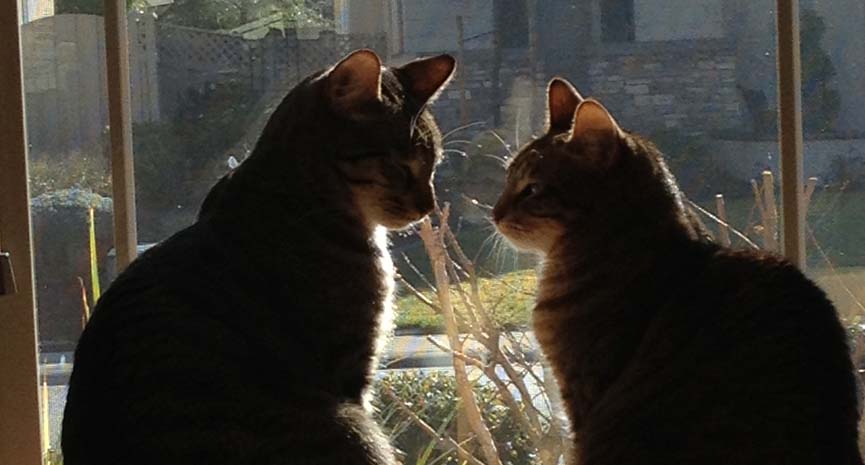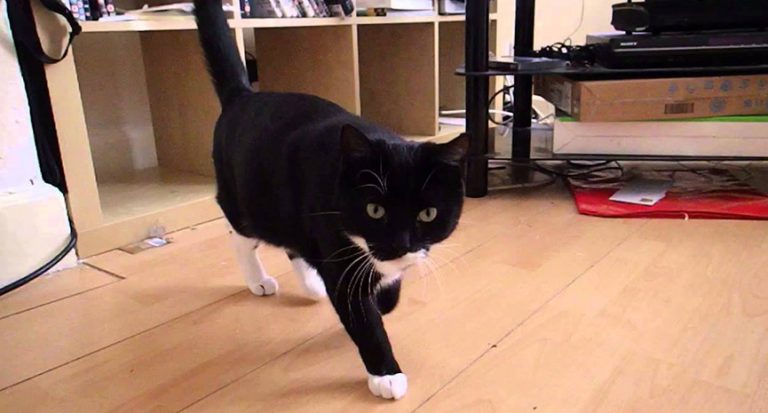The most important time in your pet’s life is right now. A puppy or kitten comes into this world and immediately begins learning from their surroundings and every interaction they have with their littermates, a person or another animal. When we first bring home a pet a new relationship begins and the opportunities for teaching and training are boundless. Although a new adult dog or cat may have some baggage, we still have a “first interaction” training opportunity.
Your pet’s behavior is constantly changing. A pet that is well-behaved today will not necessarily remain that way forever. New problems can always develop. Existing problems can get worse. Nearly all behavior problems are perfectly normal, natural and necessary activities that occur at the wrong time or place or are directed at the wrong thing. The key to training your pet is learning to teach your pet to redirect his behaviors to outlets that are acceptable in the domestic setting. Sometimes there is no appropriate outlet so we must train our puppy, dog or cat to stop a specific behavior altogether.
Regardless of age, you must decide upon guidelines for training your puppy, dog or cat and these guidelines should not change. You must be consistent and be patient so that your pet understands the difference between the behaviors you want and the ones you don’t. You must give your pet a chance to get it right.
Puppy Socialization & Kitten Etiquette
We have all seen them: the dog out for a walk with its owner, pulling and weaving on the leash, barking and panting like its life depends upon it; or the cat who belongs to a friend, but we’ve only heard about it, seen the food bowls, but never actually seen the cat. But, did you know that both of these scenarios can be avoided? Puppyhood and kittenhood are not just times of great physical growth and change, they are the times of tremendous emotional change and decision making as well. By the time that your puppy or kitten is a mere 12 weeks old, it has already formed emotional responses to situations: Are new people scary? New dogs not to be trusted? Or are unfamiliar people and surroundings to be looked forward to with happy anticipation?
By exposing your new kitten or puppy to many different people, places and objects as early as possible, with a positive association, you maximize your chances of having a pet that enjoys social interactions and does not fear novel situations or common household occurrences. Positive interactions with people of all shapes, sizes, ethnicity, uniform, and physical disabilities will generate foundations for safe and pleasant relationships throughout their lifetimes.
Socialization of your new puppy or kitten should start from day one. That doesn’t mean that your first stop on the way home from adoption should be the dog park on a beautiful Saturday afternoon. As pleasant as it might sound, this may be overwhelming for your new companion. Over stimulation with a crowd of unpredictable people and other pets may actually generate a fearful response in your pet. Start simple. By walking around your neighborhood, for example, you have more control on the level of interactions for your puppy. You can see how they respond to the approach of someone new and can make a positive connection with the approach by talking encouragingly and providing food rewards. The language that your puppy will understand is, “when new people approach, my owner talks nice and good things happen to me. I like this!” If your puppy starts to become concerned, lowers its body, urinates, or otherwise “shrinks” or avoids the interaction, you can move on. This reaction says that your puppy has started to feel uncomfortable and a reward and a retreat tell your puppy that everything is A-okay! Contrary to popular opinion, keeping your puppy in a situation that is making them uncomfortable does not extinguish the fear. Your puppy will simply try to find a way to eliminate the situation: become submissive (to make the other dog or person go away) or become aggressive (to make the other dog or person go away). You want your puppy to exhibit relaxed and happy body language. Sitting, tail up and wagging, head neutral, eyes relaxed. Play bowing (when the front legs stretch out on the ground while the butt stays up in the air) is an invitation to play!
Teach your puppy to approach others in a calm manner: by sitting. Jumping up and pulling ahead may be cute or “enthusiastic” as a small puppy but may end up annoying, unappreciated, or even dangerous. Remember that many dogs have NOT been appropriately socialized and may see a bounding puppy as a “target”. Most joggers do not appreciate being chased, either, even if there is an owner attached to the other end of the leash.
By going out in the rain, the snow, when bicycles are going by, and cars, and kids, and rollerbladers, strollers, basketballs, skateboards, people laughing, lawn mowers, leaf blowers… Your dog gets to experience the sounds and smells, sights, textures, and even tastes associated with all of them. With positive verbal reinforcement and food rewards, all of these experiences end up with the same message: “None of these things hurt me and they all taste like treats! Let?s do it again!”
Kittens should also be exposed to as many different sounds, people, objects and situations as possible. When friends come for a visit, make that an impromptu play and treat/feeding time. It doesn’t have to last more than a few minutes. Handle your kitten in a relaxed, loose manner. Scratch him or her under the chin and allow them to leave if so desired. Once your kitten makes the connection that visitors mean food or play, they are sure to make an appearance every time.





